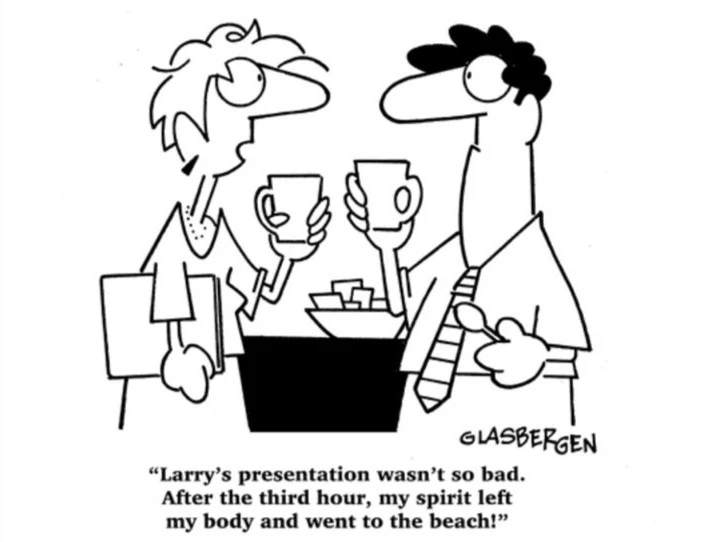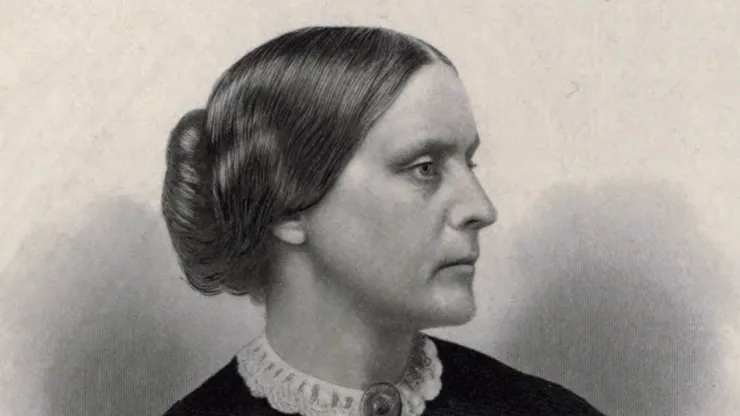Talking Big Ideas.
“This is the day. . . . This is the time. . . . This is the moment.”
~ Jekyll & Hyde, This is the Moment
Imagine you have a big talk coming up.
Below is a quick checklist to help make sure you crush it. The focus here is logistics. We cover content, delivery, and style elsewhere.
You don’t have to do everything below. Rather, scan for ideas. Do whatever works best for you.
THE EVENT
- Save the location, time, and travel instructions to your phone.
- Be clear on the stage set up and run of show.
- Know how long you’re supposed to talk, the larger context of your presentation, why you in particular were asked to speak, who’s likely to be in the audience, and why your subject matter is important for the people listening.
- Figure out whether you’ll be introduced. If so, send suggested language.
- See if you can connect your talk with other talks at the event.
A FEW DAYS OUT
- Content is complete. Your stories, analogies, and key ideas are all clarified.
- Structure is complete. Content is organized how you like it.
- Opening and closing words are memorized.
- Feedback is incorporated. You’ve sought out different audiences and adapted based on their responses.
- Delivery is solid. You’ve run reps until you feel natural and your presentation is in your blood.
PREP NOTES TO BRING ON STAGE
- Gold standard is notes-free, no lectern, memorized opening and closing lines, internalized outline and stories, freedom to improvise with the audience.
- A safety backup is 100 percent acceptable. Print up your full script (or outlined bullet points) to place on the lectern along with a bottle of water. You can glance at the notes during your talk as you casually take a drink.
- Notecards also work. Consider using a ring clip to keep them together.
- Many venues offer a confidence monitor. If you have slides, add them to the confidence monitor. Be extremely strict about putting text on the monitor. If you do, condense your bullet points to 1-5 words per slide.
- Authenticity is essential. Audiences are fine with speakers looking at paper notes. Not digital devices.
ARRIVE EARLY
- Visit the room where you’re speaking. Ideally the day before. Do a walk around. Get a feel for how the stage looks from various audience perspectives.
- Test electronics. Microphone, slide deck, clicker, confidence monitor, etc.
- Practice your opening and closing lines from the stage.
- Visualize yourself crushing it.
- Go relax. Do something fun and calming.
CALM NERVES
- Listen to relaxing music.
- Take a short walk outside.
- Practice resonant breathing or Tummo.
- Watch a funny video. Have a conversation that makes you laugh.
- Sing an upbeat song you love. (Typically in the shower, but wherever you want!)
BEFORE YOU GO ON STAGE
- Eat a small meal of healthy food. Have water and a protein bar handy.
- Stop in the bathroom. Check yourself out in the mirror. Make sure your clothes look good and nothing is stuck in your teeth. Do a power pose. Tell yourself you’re going to do awesome. Believe it!
- When people start to show up at the event, be there to talk with them. Consider including audience comments in your talk.
- Take a moment to breathe deep into your belly and slowly exhale. Repeat a few times.
- Tell yourself one more time that you’re going to crush it.
AFTERWARDS
- Stick around. See if anyone would like to chat. Focus on listening to understand and being useful.
- Ask trusted folks for one specific thing you can do better next time.
- Before going to bed, do a self assessment. What went well? How can you take it to the next level? Be honest and empathic with yourself.
- Follow up with any contacts you made in the audience and throughout the day.
- Remind yourself: for better or worse, it’s just one talk.
***
![]() IDEA
IDEA
Be intentional. The more prepared you are, the more you can focus on being fully present with your audience.
Save this checklist to a place you can find it when needed.
***
If you find this useful, please subscribe to our free weekly newsletter.




